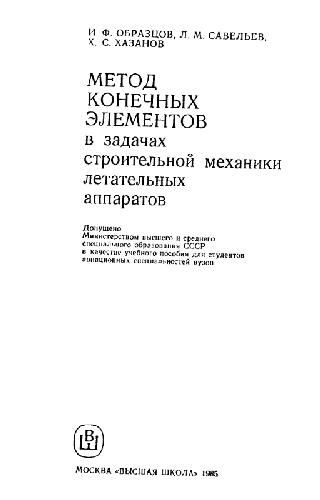- 2 402 202 книги
- Поиск
libcats.org








The Handbook of Task Analysis for Human-Computer Interaction
Dan Diaper, Neville StantonA comprehensive review of the current state of research and use of task analysis for Human-Computer Interaction (HCI), this multi-authored and diligently edited handbook offers the best reference source available on this diverse subject whose foundations date to the turn of the last century. Each chapter begins with an abstract and is cross-referenced and indexed to other chapters.Divided into five parts - each prefaced with a rationale and brief summary of its chapters - this volume presents contemporary thinking about task analysis together with a representative set of methods. Part I opens with seven chapters that form a book-within-a-book and introduce most of the main concepts, methods, and techniques discussed in more detail in later parts. Part II describes the use of task analysis in commercial IT projects and recognizes some of the important constraints on its use. Part III primarily concentrates on human issues - most relying on some particular psychological or ergonomic model. Part IV presents task analysis methods targeted at software engineering development. These methods, particularly where supported by CASE tools, are therefore practical for use in commercial projects. Lastly, Part V focuses on outstanding issues associated with task analysis, highlighting the main problems with it and analyzing how these might be resolved in due course.Academic researchers, post-graduate students and final year undergraduates, as well as practicing HCI professionals and hardcore task analysts, including industrialists, psychologists, and computer scientists all benefit from this Handbook.
Популярные книги за неделю:

Проектирование и строительство. Дом, квартира, сад
Автор: Петер Нойферт, Автор: Людвиг Нефф
Размер книги: 20.83 Mb

Система упражнений по развитию способностей человека (Практическое пособие)
Автор: Петров Аркадий НаумовичКатегория: Путь к себе
Размер книги: 818 Kb

Сотворение мира (3-х томник)
Автор: Петров Аркадий НаумовичКатегория: Путь к себе
Размер книги: 817 Kb

Радиолюбительские схемы на ИС типа 555
Автор: Трейстер Р.Категория: Электротехника и связь
Размер книги: 13.64 Mb
Только что пользователи скачали эти книги:

Метод конечных элементов в задачах строительной механики летательных аппарат
Автор: Образцов И.Ф., Автор: и др.Категория: Строительство, Метод Конечных Элементов
Размер книги: 3.05 Mb

Мадридский художественный музей Прадо
Автор: Замкова М. В.Категория: Искусство. Живопись
Размер книги: 29.44 Mb

Progress in Ultrafast Intense Laser Science: Volume V (Springer Series in Chemical Physics, 98)
Автор: Kaoru Yamanouchi, Автор: Antonio Giulietti, Автор: Kenneth LedinghamКатегория: Химия
Размер книги: 8.02 Mb

The Ethics and Mores of Race: Equality After the History of Philosophy
Автор: Naomi Zack
Размер книги: 885 Kb






